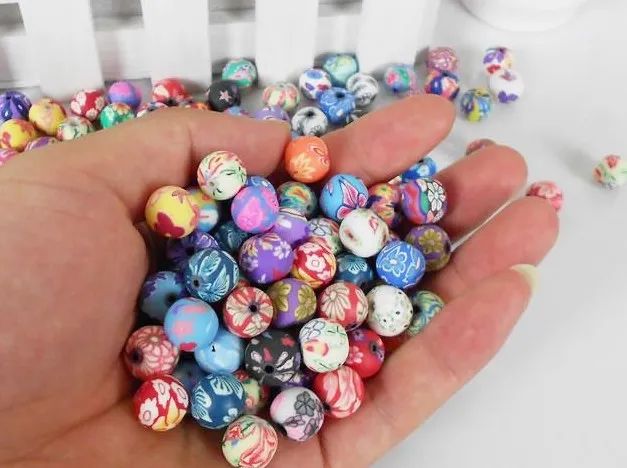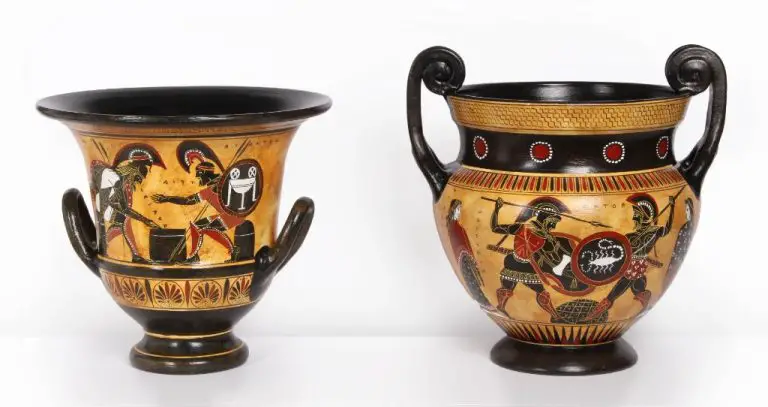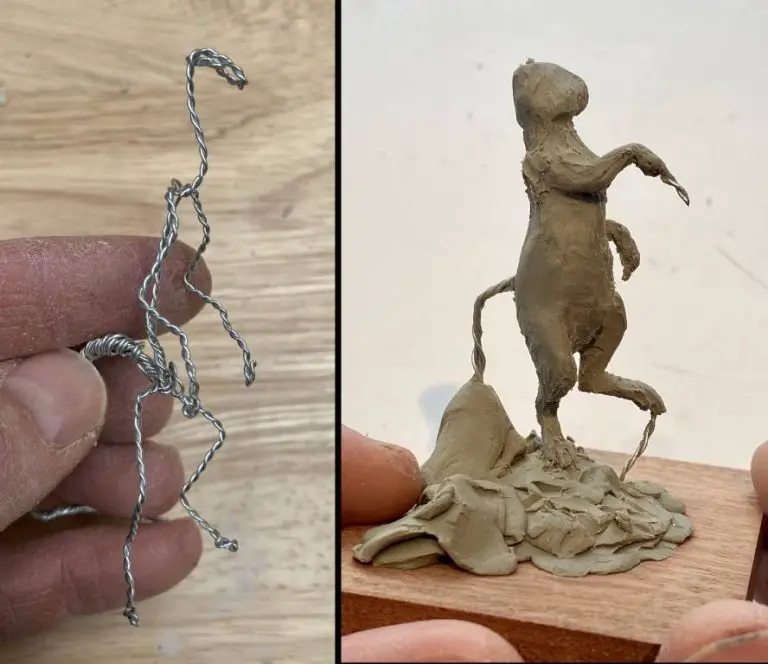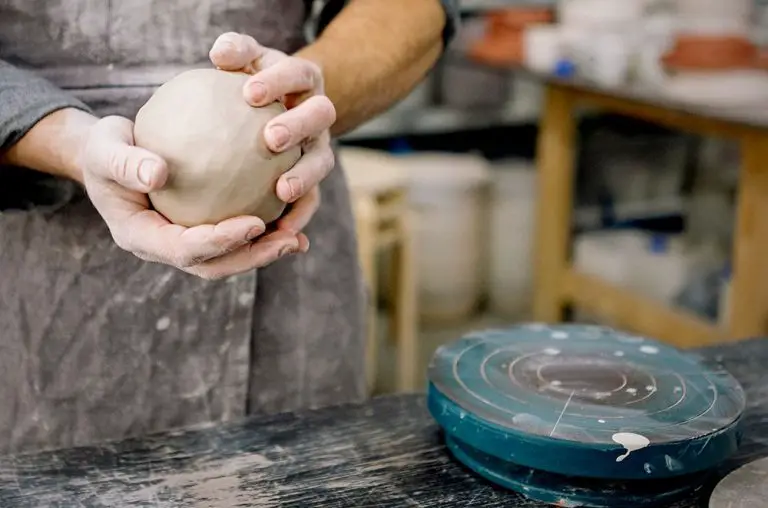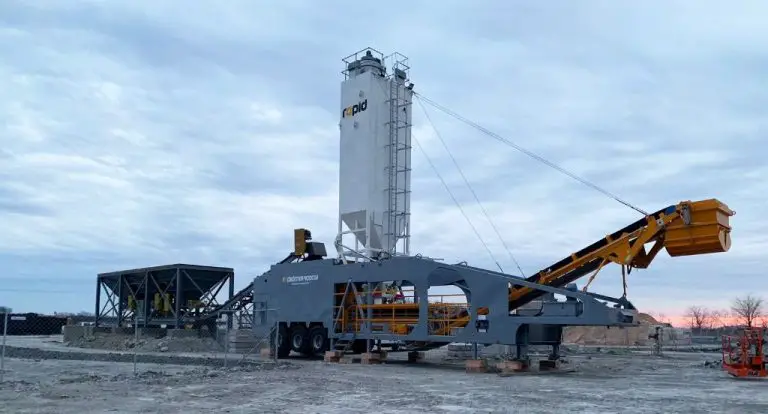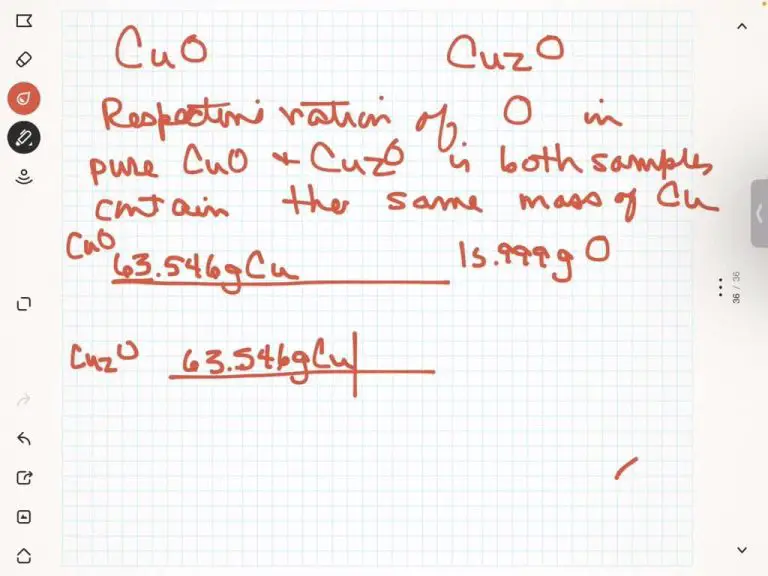What Kind Of Kiln Do You Use For Ceramics?
Kilns are an essential tool for firing ceramics and pottery. They allow potters and ceramic artists to heat their pieces to high temperatures in order to permanently harden the clay and set glazes. There are several main types of kilns used for ceramic work, each with their own advantages and best uses.
The most common types of ceramic kilns are electric, gas, wood-fired, raku, pit/sawdust, and microwave kilns. Each provides different temperature ranges, atmospheres, firing speeds, and results. This article will provide an overview of the various kiln options so ceramic artists can determine what type of kiln is best suited for their needs.
Electric Kilns
Electric kilns are some of the most common types used for firing ceramics (“Electric Kilns”, Ceramic School). They heat up using heating elements that convert electricity into heat. Electric kilns have several pros and cons.
Some key pros of electric kilns are that they heat up very quickly and cool down faster than gas or wood-fired kilns. According to this source, electric kilns also provide very consistent and controllable heat. This makes them well-suited to more precise firing techniques like raku. Electric kilns are very easy to use and do not require ventilation like gas kilns.
Some cons are that electric kilns can be more expensive to operate long-term than gas kilns depending on electricity costs. They are also limited in maximum temperature versus gas or wood firing. Electric kilns are not as suitable for techniques like wood firing which rely on flame effects.
There are several main styles of electric kilns. Small tabletop kilns are good for hobbyists with limited space. Larger cabinet-style kilns allow for more ware capacity. Kilns with side elements provide even heat distribution. Programmable digital controllers allow controlling firing schedules precisely.
Overall, electric kilns are a versatile option suitable for most ceramic firing needs. Their speed, consistency and ease of use make them a popular choice.
Gas Kilns
Gas kilns are fired by natural gas or propane. The main advantages of gas kilns are that they can reach higher temperatures, up to 2350°F or more, and they allow for reduction firing which can produce unique surface effects on ceramics. Reduction firing removes oxygen from the kiln during the firing process, resulting in special chemical reactions with certain glazes and clay bodies. This allows for metallic lusters, copper reds, and other reduction effects not possible in an electric kiln 1.
Gas kilns do have some disadvantages compared to electric kilns. Gas kilns are generally more expensive, both for the initial purchase and for ongoing fuel costs. They also require ventilation, as the combustion process releases fumes. Gas-fired kilns can be challenging for beginners to learn how to properly control the atmosphere. And firing to high temperatures, especially reduction firing, is technique-sensitive and can take experience to master 2.
There are a few main types of gas kilns. Remote burner kilns have the burner located away from the kiln and the heat is brought in through ports or burners. Direct burner kilns have integrated burners inside the firing chamber. Downdraft kilns force the flame downward for even heating. Crossdraft kilns have ports on opposite sides. The most advanced gas kilns have electronic monitoring and control of temperature and atmosphere.
Key features of gas kilns include adjustable burners or valves for controlling heat output, ports or burners configured for even flame distribution, sufficient ventilation, and monitoring capabilities for temperature and atmosphere. With the capability for reduction firing and high temperatures, gas fired kilns are a good choice for experienced ceramic artists working with certain types of clay and glazes.
Wood-fired Kilns
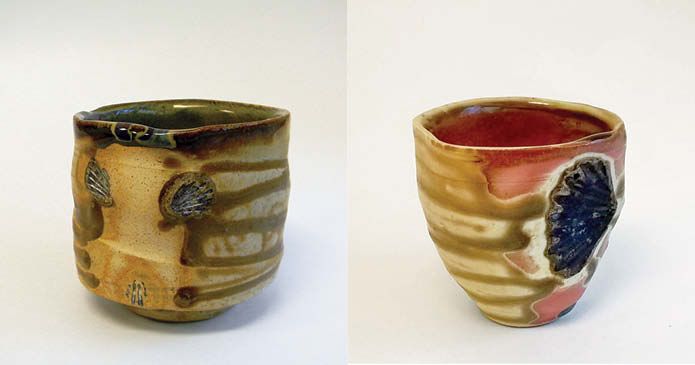
Wood-fired kilns have been used by potters for centuries to create unique effects in their pottery. Unlike electric or gas kilns, the combustible fuel is wood. The pros of firing with wood include beautiful natural flame effects and atmospheric wood ash deposits. Some cons are that it is less controllable and takes longer and more labor to fire wood kilns. Here are key features of some common wood-fired kiln designs:
Cross-draft kilns [1] allow flames and ash to be pulled through the chamber, creating special wood ash effects on the pottery. Down-draft “anagama” kilns are an efficient Japanese design where the fire progresses down a long chamber. They produce excessive ash deposits and require specialized throwing and glazing methods to complement the effects. Updraft or “manabigama” kilns fire from below, coating ware with ash that melts into glazes. Best for those wanting pronounced wood-firing results.
In general, wood-fired kilns are best for the unique effects their atmosphere and ash can create. The process requires skill and planning to harness. The results can be stunning natural pottery unlike any other firing method. Those drawn to the hands-on process and serendipitous effects of real wood firing will find this option rewarding despite the challenges.
Raku Kilns
Raku firing is a unique pottery firing technique that originated in Japan in the 16th century. The process involves removing pottery from the kiln while it is still glowing hot and placing it into materials like sawdust or water to cool rapidly. This causes interesting crackled glaze effects and can produce iridescent metallic finishes on unglazed pieces (Source).
Some key pros of raku kilns and firing are that the process is relatively fast, lasting only 1-2 hours from start to finish. It also allows for spontaneous artistic effects as the cooling materials interact with the glazes and clay body. Raku is ideal for creating one-of-a-kind decorative pieces like vases, plates, and sculptures (Source).
However, raku firing does have some drawbacks. The rapid cooling can cause pottery to crack or even explode from thermal shock. Raku kilns themselves are usually small and low-fired, limiting the size and durability of pieces. The post-firing reduction process also requires proper safety equipment due to the fire and smoke involved.
Overall, raku kilns are a specialty option best suited for creating unique ceramic artwork. The distinctive raku finishes and surfaces come at the cost of strength and practicality compared to other kiln types. Raku firing is an advanced technique that requires proper training and safety precautions.
Pit/Sawdust Kilns
Pit/sawdust kilns are one of the oldest methods for firing pottery. They involve digging a pit in the ground, placing pots inside, and building a fire on top to heat the pots. The firing chamber is temporary and constructed on-site using materials like bricks, sawdust, or other combustible materials. Pros of pit/sawdust kilns include their low cost and simplicity. They can achieve a wide range of atmospheric effects by altering the fuel, allowing for more expressive surfaces like crackle glazes. Pit kilns also enable large scale firing of many pieces at once.
However, pit kilns offer less control over temperature and atmosphere compared to modern kilns. Color results can be inconsistent, and pieces are more prone to under-firing or explosions from trapped moisture. Pit kilns are best for low-fire earthenware clays and work like raku that benefits from flash cooling in open air. The temporary nature of pit kilns also makes consistent results challenging across multiple firings. They require constant monitoring during long firing times. Overall, pit/sawdust kilns provide an accessible introduction to firing pottery but lack the precision of electric and gas kilns.
Microwave Kilns
Microwave kilns are a type of small electric kiln that use microwave energy to fire ceramics and fused glass. They offer several advantages over traditional kilns:
Some key pros of microwave kilns include:
- Very fast firing cycles, often 10-20 minutes to reach final temperature
- Compact size, good for small home studios with limited space
- Lower energy costs compared to large traditional kilns
- Simple controls and operation
However, there are also some limitations to consider:
- Small chamber size, usually only fit items up to 6 inches max
- Lower maximum temperature, often around 1600°F for fusing and slumping projects
- Not suitable for complex ceramic pieces or glaze firings
- Prone to hotspots, less even heating than traditional kilns
Microwave kilns work best for small fused glass and slumping projects. They allow hobbyists and artists to complete simple fusing or tack fusing work without investing in a large traditional kiln. However, most ceramic artists will still need an additional gas or electric kiln for finishing glazed pieces.[1]
When shopping for a microwave kiln, look for one with adjustable time and temperature settings. A taller interior height will accommodate more projects. Most units max out at 5-6 inches interior height. Also consider the wattage, as higher wattages typically allow the kiln to fire faster and reach higher temperatures.[2]
Choosing a Kiln
Selecting the right kiln for your pottery studio involves considering several factors like budget, firing requirements, space, and safety. According to How to Choose a Pottery Kiln from Seattle Pottery Supply, the main types of kilns available are electric, gas, wood-fired, raku, pit/sawdust, and microwave kilns https://seattlepotterysupply.com/pages/how-to-choose-a-kiln. Each has its own pros and cons.
First, determine your budget and firing needs. Electric kilns are the most affordable option for small studios firing to mid-range temperatures. Gas kilns can reach higher temperatures consistently, but have a higher upfront cost. Consider the types of pottery you want to fire – porcelain and stoneware require high temperatures best achieved with gas kilns.
Also factor in studio space. Kilns need adequate ventilation and clearance from walls. Make sure to follow the manufacturer’s recommendations. Additionally, gas kilns require proper gas hookups and ventilation. Electric kilns just need a power outlet.
Finally, consider convenience and safety. Electric kilns tend to be simpler to operate. Gas kilns involve working with flammable fuel. However, gas gives more artistic control. Research options thoroughly to find the right kiln to suit your pottery studio’s unique needs and constraints.
Kiln Maintenance
Proper maintenance is crucial for getting the best performance and longevity out of your kiln. Here are some tips for maintaining different types of kilns:
For electric kilns, be sure to keep the heating elements and thermocouples clean. Gently brush off any dust or debris with a soft-bristled brush. Inspect the heating elements and thermocouples for any cracks or damage and replace if needed. Calibrate the kiln regularly to ensure accurate temperatures. Lubricate the moving parts like hinges according to manufacturer guidelines.
For gas kilns, inspect the burners and pilot lights regularly. Clear any obstructions or dirt from the gas lines and valves. Adjust the air mixture as needed for clean, efficient firing. Replace any damaged firebrick or insulation around the burners. Check that the gas shutoff valves are functioning properly.
Wood-fired kilns require removing ashes after each firing. Check the brickwork for any cracks or damage from heat stress. Replace worn firebricks as needed. Keep the area around the firebox clear of debris and combustible materials. Inspect the flue and chimney for any blockages.
For raku kilns, thoroughly clean out any residual material after each firing. Inspect the refractory and insulation for damage. Replace worn parts as needed. Keep the propane tank and lines clear of obstructions. Check that lids and door seals are intact.
With pit or sawdust kilns, remove ashes and replace the sawdust after each firing. Check the integrity of the pit walls and reinforce if needed. Ensure the chimney has proper draw. Inspect for any damage from water seepage or roots. Maintain adequate ventilation during firing.
For microwave kilns, keep the door seals clean and intact. Inspect for any cracks or damage inside the microwave chamber. Test that the microwave power is consistent. Follow precautions regarding metals or combustibles inside the kiln.
Regular maintenance helps kilns run safely and efficiently for many years. Always follow the manufacturer’s guidelines for upkeep and repair.
Conclusion
There are several types of kilns to choose from when firing ceramics, each with their own advantages and disadvantages. Electric kilns are the most common and provide the most control over temperature and atmosphere. Gas kilns can reach higher temperatures and produce atmospheric effects. Wood-fired kilns utilize renewable materials and create unique natural ash effects. Raku kilns allow quick firing and cooling for crackled glazes. Pit/sawdust kilns are simple, low-cost options. Microwave kilns are unconventional and fast.
When selecting a kiln, consider your budget, space constraints, desired temperatures and effects, fuel source availability, and firing frequency. Electric kilns are the easiest to use and maintain for hobbyists. Gas kilns provide more options for advanced ceramic artists. Think about safety, venting requirements, and kiln accessibility as well. Proper kiln maintenance through firing schedules, element replacement, and thermocouple calibration is also essential. With an understanding of the various kiln types and their key differences, you can determine the best option to suit your ceramic projects and artistic goals.

